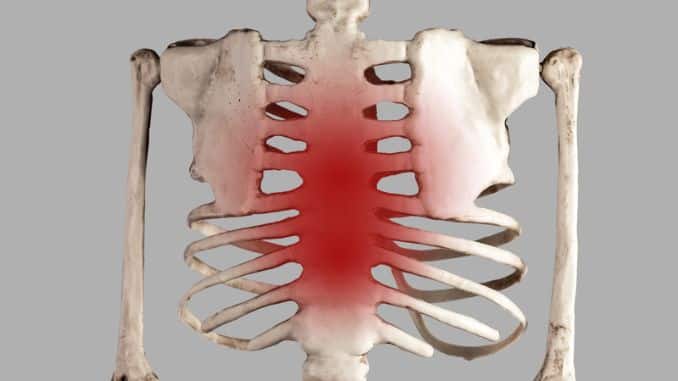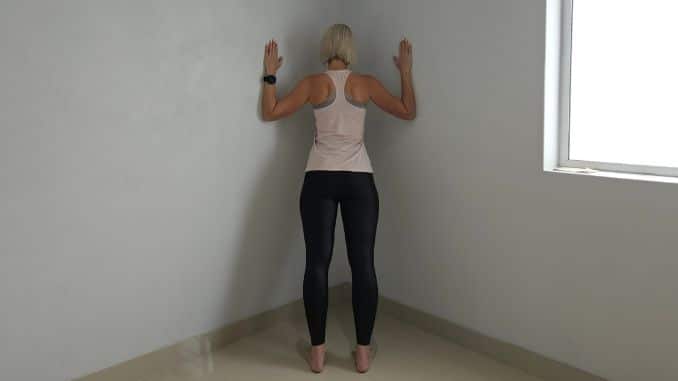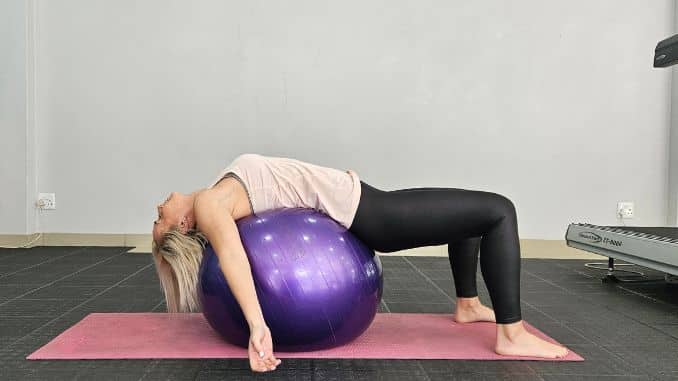
Tietze Syndrome remains unfamiliar to most individuals due to its rarity as a musculoskeletal disease. While it can cause discomfort, it is not life-threatening or dangerous. Engaging in Tietze Syndrome exercises can help manage and alleviate some of the discomfort associated with this condition. However, given its symptoms, such as severe chest pain, individuals with this condition may experience concern and turn to medical professionals for treatment guidance. This article will delve into further details regarding Tietze syndrome.
What is Tietze Syndrome?
Tietze syndrome exercises are rare musculoskeletal diseases characterized by chest pain and inflammation. It occurs when the cartilage surrounding the joints that connect the upper ribs to the breastbone becomes swollen. Typically, this condition affects the second or third ribs. Despite extensive research, its exact cause remains unknown.
However, some experts speculate that minor injuries to the chest wall may trigger it. Additionally, Tietze syndrome can develop as a result of recurrent respiratory infections, persistent and forceful coughing, or strain from physical activities, and it can manifest in individuals with pre-existing medical conditions such as psoriatic arthritis. This condition tends to occur more frequently in older children and young adults below 40 years of age.
What are the symptoms?
The most common symptoms of this condition include mild and severe chest discomfort, which can manifest as a dull ache or sharp pain. This discomfort can also extend to the neck, arms, and shoulders. These symptoms may develop slowly over time and can suddenly come and go.
Several activities can worsen the symptoms of Tietze syndrome, including sneezing, exercising or engaging in physical activity, taking deep breaths, laughing, wearing a seatbelt, hugging someone, or even lying down. It is important to note that these symptoms can be mistaken for a heart attack; however, there are distinct differences between the two conditions. In Tietze syndrome, only a small area of the chest is affected, whereas, in a heart attack, chest pain may be experienced throughout the entire chest region. Additionally, during a heart attack, one may experience shortness of breath and feelings of nausea and sweating.
How can it be diagnosed?
Tietze syndrome is difficult to diagnose because its symptoms are similar to heart attack, certain lung problems, and costochondritis, and there is also no special test for this type of condition. However, your doctor may perform physical examinations, such as pressing on your chest to check for swelling. In addition to these, other tests such as X-rays, ultrasound, magnetic resonance imaging (MRI), biopsy, and electrocardiogram (ECG) can be done to rule out other possible medical conditions.
What are the treatments?
No treatments are necessary for this condition because it is not life-threatening, and symptoms usually go away on their own. However, NSAIDs or nonsteroidal anti-inflammatory drugs such as ibuprofen, naproxen, and aspirin may be recommended for pain and inflammation. Talk to your pharmacist or doctor to know what’s the best medication for your case. If your pain is severe, corticosteroid injections to the joint area may also be recommended to reduce pain and inflammation.
However, this is limited, as too much can damage your joints. Other safe remedies you can also add that could help manage pain include rest, avoiding heavy physical activity or exercise temporarily, and applying heat or ice to the painful area.
Tietze Syndrome Exercises
These exercises aim to improve overall chest wall and rib mobility, which can reduce pain and improve the way your ribs and thoracic move. However, before attempting these, consult your healthcare provider. If pain is felt while doing the exercises, immediately stop it and consult your doctor or physical therapist immediately for evaluation.
1. Pectoral Corner Stretch
-
- Stand with your feet hip-width apart and face a corner of a wall about 2 feet away.
- Place both of your arms up with elbows bent and palms leveled with your head. Make sure that your hands, forearms, and elbows touch the wall.
- Then slowly lean into the corner until you feel a gentle stretch in front of your chest.
- Hold this for 30 seconds before relaxing and returning to the starting position.
- Complete 3-5 repetitions, 1 set.
2. Scapula Squeeze
-
- Sit comfortably in a chair.
- Place your hands on your thighs with palms facing down.
- Make sure that your body is straight.
- Then gently squeeze your shoulder blades together in the back until you feel a gentle stretch in front of your chest.
- Hold this for 30 seconds before relaxing and returning to the starting position.
- Complete 3-5 repetitions, 1 set.
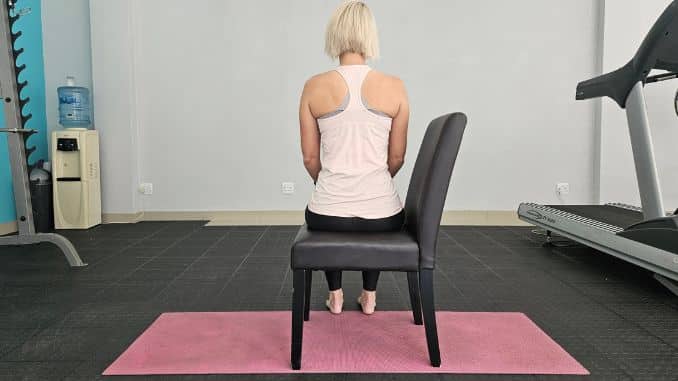 |
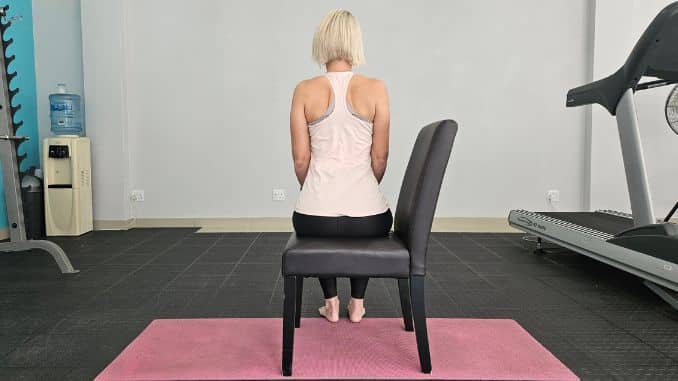 |
3. Stability Ball Lying Chest Stretch
-
- Lie on your back over a stability ball.
- Then hold both arms up in front of you.
- Slowly open up your arms on the side until it is towards the floor to open up your chest. You should feel a gentle stretch on your chest.
- Hold this for 30 seconds before relaxing and returning to the starting position.
- Complete 3-5 repetitions, 1 set.
Outlooks.
Tietze syndrome is not life-threatening or dangerous. With proper care and management, symptoms usually go on their own. However, if you experience chest pain accompanied by other symptoms, immediately seek medical advice from your healthcare provider for a proper diagnosis.



